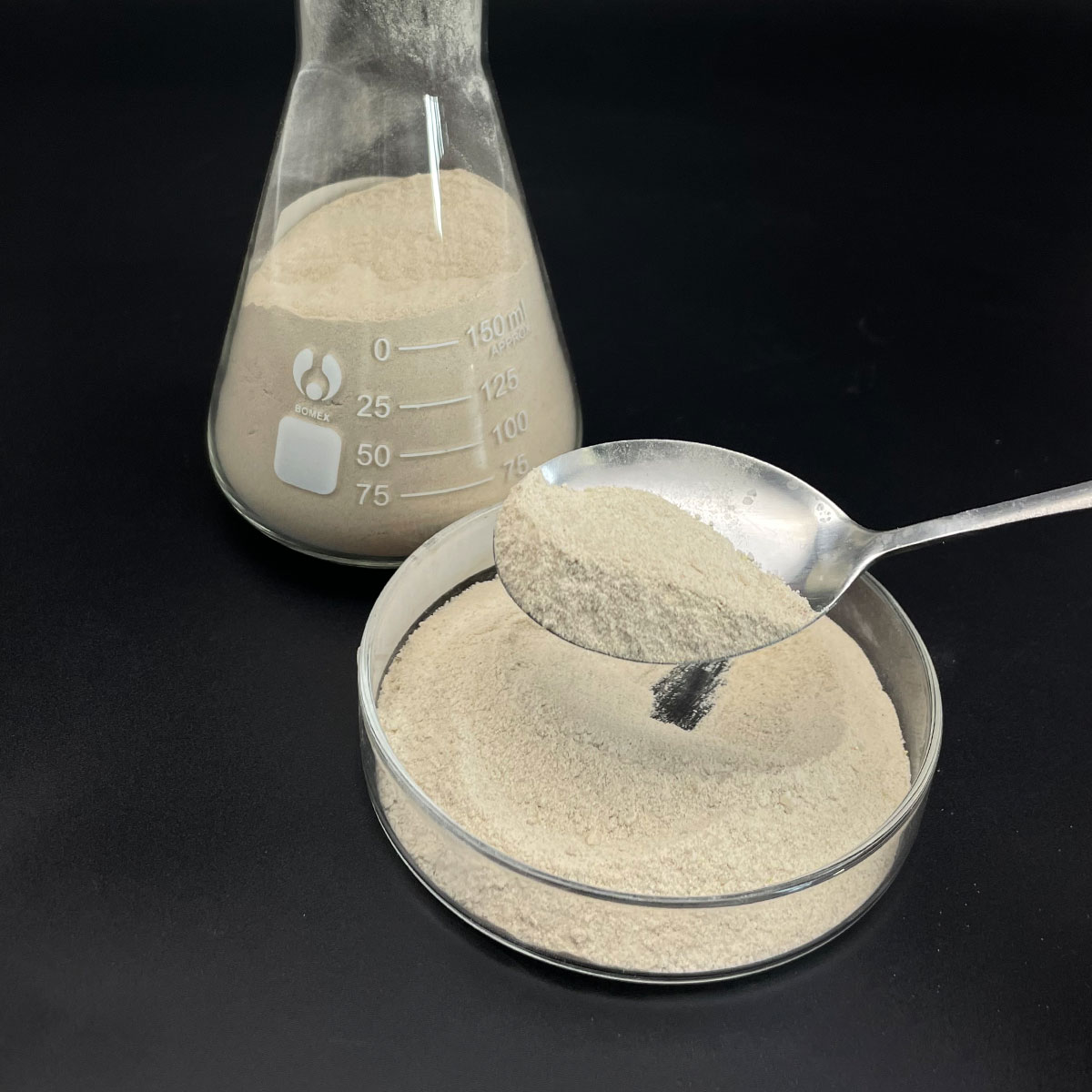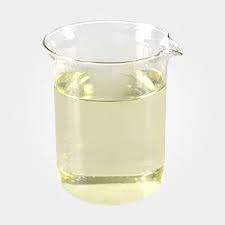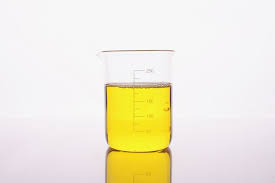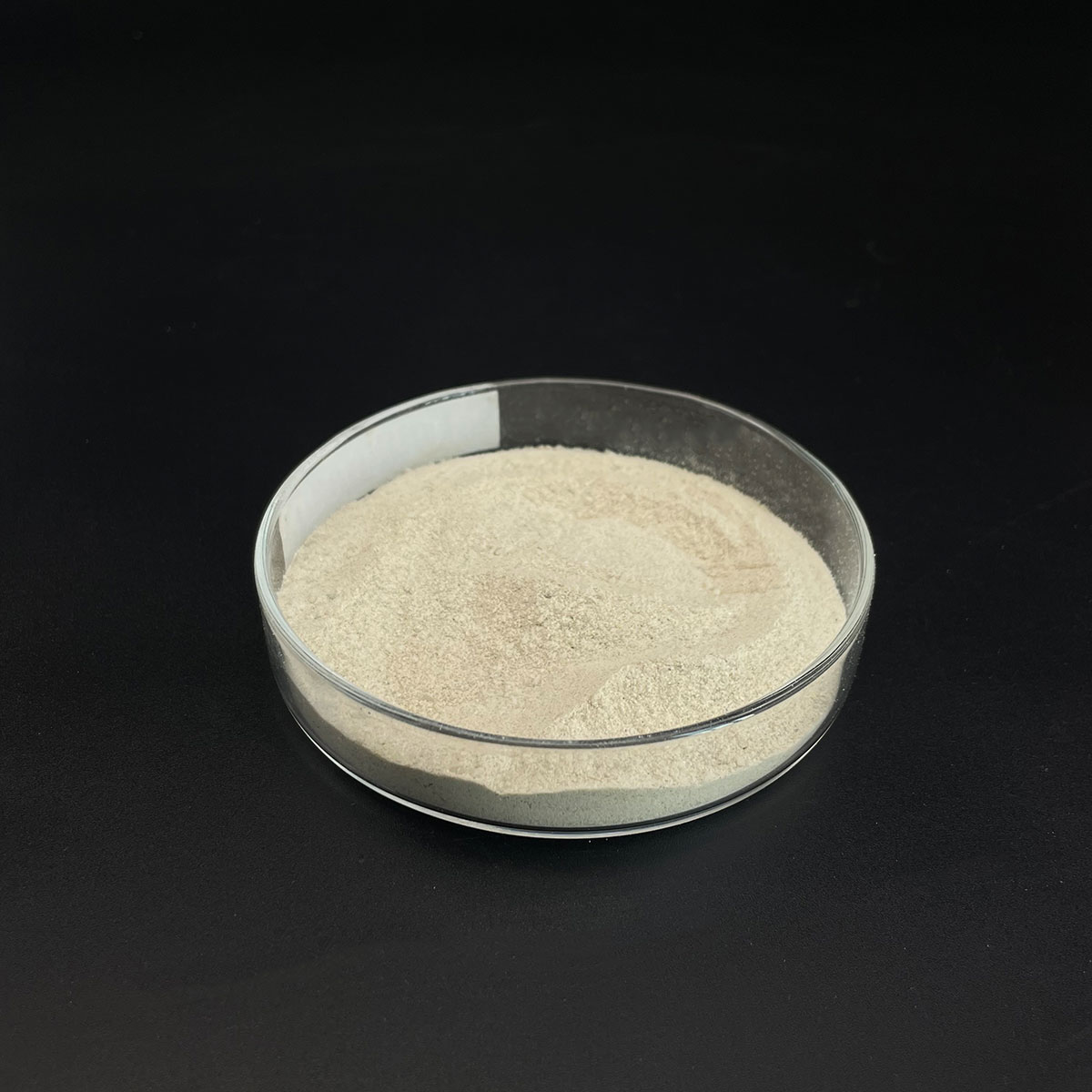Overview of High Quality CAS No. 96-33-3 Methyl Acrylate Ma for Amphoteric Surfactants
Amphoteric surfactants are a unique class of surface-active agents that possess both cationic and anionic properties, depending on the pH of the system they are in. They contain both a positively charged group (like a quaternary ammonium salt) and a negatively charged group (such as a carboxylate or sulfonate), which can ionize depending on the surrounding conditions. This dual nature grants them exceptional versatility, making them effective in a wide range of pH environments and compatible with other surfactant types. They are known for their mildness and excellent dermatological compatibility, rendering them particularly suitable for personal care applications.
Features of High Quality CAS No. 96-33-3 Methyl Acrylate Ma for Amphoteric Surfactants
-
pH Responsiveness: Their charge varies with pH, becoming cationic in acidic conditions and anionic in alkaline, with a zwitterionic (neutral) state at the isoelectric point.
-
Mildness: Known for being gentle on skin and eyes, making them ideal for sensitive applications like baby care and personal hygiene products.
-
Foaming Properties: Can generate rich, stable foam even in hard water conditions, enhancing their use in cleaning products.
-
Emulsification: Efficient emulsifiers capable of forming both oil-in-water (O/W) and water-in-oil (W/O) emulsions, depending on the formulation and pH.
-
Compatibility: Because they have both anionic and cationic properties, they are compatible with other types of surfactants and can work synergistically to enhance cleaning effects.
-
Biodegradability: Many amphoteric surfactants are readily biodegradable, contributing to their environmentally friendly profile.

(High Quality CAS No. 96-33-3 Methyl Acrylate Ma for Amphoteric Surfactants)
Specification of High Quality CAS No. 96-33-3 Methyl Acrylate Ma for Amphoteric Surfactants
High quality Methyl Acrylate (CAS 96-33-3) is essential for making reliable amphoteric surfactants. This liquid monomer needs strict purity standards. We supply MA meeting these demands.
Our Methyl Acrylate purity consistently exceeds 99.5%. High purity is critical. Impurities can interfere with surfactant synthesis reactions. They might cause unwanted side products. This impacts final surfactant performance.
We control inhibitor levels carefully. Methyl Acrylate requires stabilization. We use MEHQ (Methylethylhydroquinone) at precise concentrations. The right inhibitor level stops premature polymerization during storage and transport. It also allows controlled reaction during surfactant manufacturing.
Low water content is another key specification. Our MA has very low moisture, typically below 0.05%. Water can cause hydrolysis. Hydrolysis creates acrylic acid. Acrylic acid affects reaction kinetics negatively. It can alter the surfactant’s properties.
We also minimize methanol content. Methanol is a common residual solvent from production. Our MA keeps methanol levels low. Low methanol ensures consistent reaction behavior. This consistency is vital for predictable surfactant quality.
Acidity is managed tightly. We keep the acid value (as acrylic acid) very low. Low acidity prevents equipment corrosion. It also avoids catalyst poisoning during synthesis. This protects your process.
The product appears clear and colorless. Visual clarity indicates good initial quality. It shows the absence of visible contaminants or degradation products.
Stability is designed into the product. Properly inhibited Methyl Acrylate remains stable under recommended storage conditions. Stable monomer means reliable performance over time. You get consistent starting material batch after batch.
Packaging is robust. We use sealed drums or isotanks. Secure packaging prevents air and moisture ingress. This maintains purity and inhibitor effectiveness during shipping and storage.

(High Quality CAS No. 96-33-3 Methyl Acrylate Ma for Amphoteric Surfactants)
Applications of High Quality CAS No. 96-33-3 Methyl Acrylate Ma for Amphoteric Surfactants
Methyl acrylate (CAS 96-33-3) is a key raw material for making amphoteric surfactants. These surfactants are special. They carry both positive and negative charges in one molecule. This dual nature gives them excellent properties. Methyl acrylate’s high purity is critical here. Impurities can ruin the chemical reactions needed.
Manufacturers primarily use methyl acrylate to make betaine-type surfactants. This involves a specific reaction called carboxyalkylation. The process adds methyl acrylate to certain amine molecules. The result is a betaine intermediate. This intermediate is the foundation for many important surfactants.
The quality of the methyl acrylate directly affects the final surfactant product. High-quality material ensures the reactions run smoothly. It avoids unwanted side products. Consistent quality means consistent surfactant performance. This is vital for industrial production.
Surfactants made using methyl acrylate offer significant benefits. They are very mild to skin and eyes. This makes them perfect for personal care products. Think shampoos, body washes, baby products. They also work well with other ingredients. They improve foam stability. They boost overall cleaning power. They remain effective even in hard water. This versatility is a major advantage.
Formulators appreciate these surfactants. They allow creation of high-performance, gentle formulas. Methyl acrylate enables this. Its role in producing the core betaine structure is fundamental. Using reliable, high-purity methyl acrylate (CAS 96-33-3) is essential. It guarantees the performance and safety of the final amphoteric surfactants across many applications.
Company Profile
SurfactantChina is a trusted global chemical material supplier & manufacturer with over 12-year-experience in providing super high-quality surfactant and relative products.
The company has a professional technical department and Quality Supervision Department, a well-equipped laboratory, and equipped with advanced testing equipment and after-sales customer service center.
If you are looking for high-quality surfactant and relative products, please feel free to contact us or click on the needed products to send an inquiry.
Payment Methods
L/C, T/T, Western Union, Paypal, Credit Card etc.
Shipment
It could be shipped by sea, by air, or by reveal ASAP as soon as repayment receipt.
5 FAQs of High Quality CAS No. 96-33-3 Methyl Acrylate Ma for Amphoteric Surfactants
What is methyl acrylate CAS 96-33-3 used for in amphoteric surfactants?
Methyl acrylate is a key building block. Manufacturers use it to make specific amphoteric surfactants. It reacts easily with other chemicals. This reaction creates the surfactant molecules. Methyl acrylate works well. It is often cost-effective.
Why is high purity methyl acrylate important?
Impurities cause problems. They interfere with the chemical reactions. Bad reactions make poor quality surfactants. High purity methyl acrylate gives consistent results. Your surfactant batch performs reliably. It meets strict specifications every time.
Is methyl acrylate safe to handle?
Handle methyl acrylate carefully. It is flammable. Keep it away from sparks or flames. Use it in a well-ventilated area. Wear proper protective gear. This includes gloves and safety glasses. Follow all safety data sheet instructions exactly. Never skip safety steps.
How should methyl acrylate be stored?
Store methyl acrylate correctly. Keep it in a cool, dry place. Ensure the storage area has good air flow. Keep containers tightly sealed. Protect it from direct sunlight. Keep it away from heat sources. Keep it separate from oxidizing agents. This prevents fire risk and maintains quality.
What products use amphoteric surfactants made with methyl acrylate?
You find these surfactants in many everyday items. Personal care products rely on them. Shampoos, conditioners, and body washes often contain them. They are gentle on skin and hair. Household cleaners use them too. They help lift dirt and grease effectively. Industrial processes also apply them.

(High Quality CAS No. 96-33-3 Methyl Acrylate Ma for Amphoteric Surfactants)






